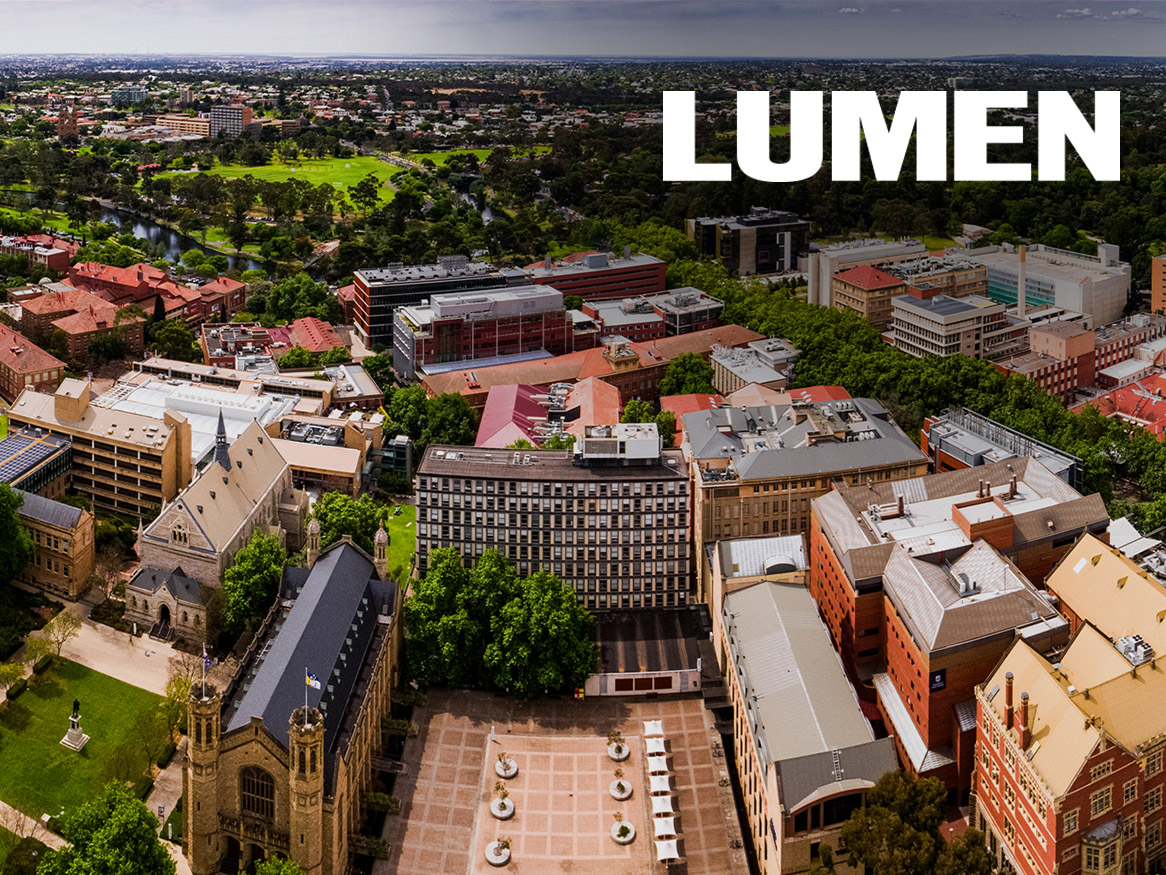New mineral shows nature's infinite variability
Tuesday, 22 April 2014
A University of Adelaide mineralogy researcher has discovered a new mineral that is unique in structure and composition among the world's 4,000 known mineral species.
Published in Mineralogical Magazine, Visiting Research Fellow in the School of Earth and Environmental Sciences Dr Peter Elliott has described 'putnisite', found in a surface outcrop at Lake Cowan, north of Norseman in Western Australia.
"What defines a mineral is its chemistry and crystallography," says Dr Elliott, who is also a Research Associate with the South Australian Museum.
"By x-raying a single crystal of mineral you are able to determine its crystal structure and this, in conjunction with chemical analysis, tells you everything you need to know about the mineral.
"Most minerals belong to a family or small group of related minerals, or if they aren't related to other minerals they often are to a synthetic compound - but putnisite is completely unique and unrelated to anything.
"Nature seems to be far cleverer at dreaming up new chemicals than any researcher in a laboratory."
The new mineral occurs as tiny crystals, no more than 0.5 mm in diameter and is found on a volcanic rock. It appears as dark pink spots on dark green and white rock which, under the microscope, appears as square, cube-like crystals. It combines the elements strontium, calcium, chromium, sulphur, carbon, oxygen and hydrogen - a very unusual combination. It has yet to be determined if the new mineral will have any practical use.
The mineral was discovered during prospecting by a mining company in WA and handed on to CSIRO for initial research and then to Dr Elliott for more detailed analysis.
Dr Elliott has researched 12 new Australian minerals in the past seven years and seven of those he found himself.
Two of these new minerals were discovered in South Australia - domerockite and hylbrownite - named respectively after Dome Rock, where the mineral was first was found, and Henry Yorke Lyle Brown, Government Geologist of South Australia from 1882-1912.
Putnisite has been named for Australian mineralogists Andrew and Christine Putnis.
Contact details
Email: peter.elliott@adelaide.edu.au
Visiting Research Fellow
School of Earth and Environmental Sciences
The University of Adelaide
Business: +61 8 8207 7448
Media Team
Email: media@adelaide.edu.au
Website: https://www.adelaide.edu.au/newsroom/
The University of Adelaide
Business: +61 8 8313 0814







